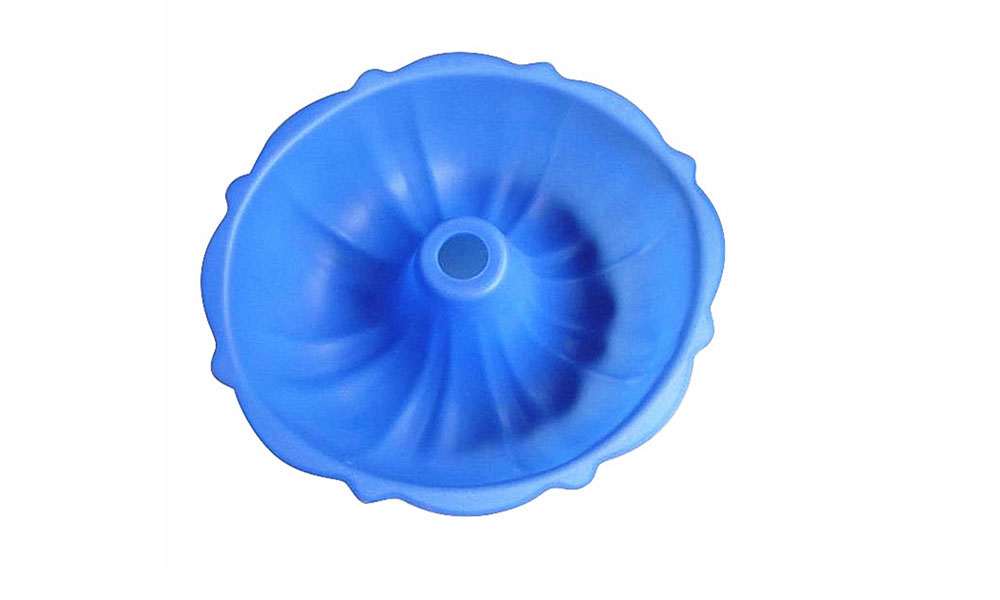Silicone prototypes is one of the methods in rapid prototyping. silicone prototype can be divided into two types, one is direct silicone mold and second-time silicone mold. The direct mold making method is to complete the cavity structure through one-time curing and molding of silicone. After curing, the mold is manually cut and divided so that the upper and lower molds are cured separately. Generally, the direct molding method is generally used in practice.
There are some characteristics of silicone prototype:
1. Good mold making operability. The soft mold after curing is transparent or semi-transparent, with good tensile strength, easy to cut and type.
2. Good repeatability. The silicone prototype used for molding has good fluidity before curing. With vacuum degassing, it can accurately maintain the detailed structure and decoration of the model.
3. Good mold release. For the reverse slope structure of the model in the direction of ejection, the model can be taken out directly by the elastic deformation of the material.
4. Good dimensional stability of the model. As long as the prototype size of the silicone mold is accurate, the copied product can also maintain the dimensional stability.
When it comes to silicone prototype, we’re very flexible
Speed, cost, and approximation to the final part design (including material properties and dimensions) are key criteria when selecting a fabrication method for making silicone prototype. Available processes for making silicone prototype include: RTV (room temperature vulcanization) molding, selective laser sintering (SLA) and fused deposition modeling (FDM), transfer press molding using high consistency rubber (HCR) materials, and injection molding solutions. As we discuss these options, please keep in mind the majority of new silicone prototype products are manufactured from LSR (liquid silicone rubber), injection molded in a durometer range of 30-70 Shore A. RTV silicone is used to make a mold from which RTV silicon prototype are made. It is a very manual process that requires patience and experience. The budget for casting RTV silicone prototypes is typically in the range of $1,000-$2,500 and sourced within a week or two.
Compression molding silicone is the most economical and fastest way to make silicone prototype parts that are suitable for end use functional testing. If you require hundreds to thousands of silicone prototype parts using LSR for actual end use testing or initial sales campaigns it is best to build a single cavity aluminum injection mold. Design craft is focused on developing and delivering innovative solutions to meet our customers’ silicon prototype needs, offering full engineering and design support, low-cost tooling and quick turn-around. Combined with our expertise in colors, materials and finishes, we can provide a production quality prototype that precisely executes your geometry, reflects your color palette and reinforces your brand. We are capable of delivering 1-1000 quality silicone prototype within 3 business days and 1000-25,000 silicone parts within 15 business days. Our tool prices start at $1295. Costing and lead time depends on part complexity and material selection.
Part Design for Silicone Prototype
It is recommended that basic part design principles from thermoplastic injection molding, are followed for design of silicone parts. Uniform wall thicknesses are preferred in silicone injection molding although silicone material does not sink and warp like thermoplastics. It is still suggested for silicone parts, as it allows for uniform silicone material flow in the mold during the liquid injection molding process. Silicone parts allow the designer an added advantage of designing with heavy undercuts as the material has the ability to deform easily and will expand and relieve itself from tooling geometry such as cores and severe undercuts. Silicone parts wall thicknesses begin from 0.015" and go up to inches. It is advised to avoid sharp corners and edges, as this could propagate a tear during the silicone prototype or silicone part demolding process. We are capable of achieving highly polished surface finishes if required for the application. In general, glossy mold surfaces cause the silicone parts to stick to the mold and result in increased demolding times. We suggest a D2 surface as it is best for releasing the molded silicon prototype.
Therefore, there are some factors that affect silicone prototype: the performance of silicone, the gate of mold and structure, the size of mold and volume of mold will affect the precision. If you are interested in silicon prototype, welcome to contact us at enquiry@nice-rapidtooling.com to get more acknowledge or free quote.








